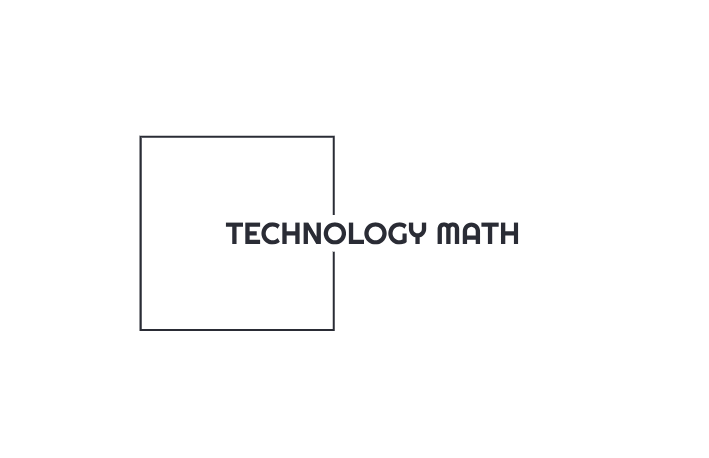
Today’s intelligence and security landscape has become more complex, unpredictable, and driven by data than ever before. Analysts once limited to physical files and field intel now find themselves deciphering cyber threats, digital footprints, and AI-generated misinformation. In this new age, being sharp-witted isn’t enough. Analysts must also become fluent in tech—comfortable with data analytics, cybersecurity, and digital forensics. As national security threats move online, professionals in the field must evolve accordingly. The need for digital skills isn’t optional anymore; it’s a cornerstone. That’s exactly why intelligence and security education must adapt and incorporate a strong digital edge.
The Changing Nature of Threats
The threats intelligence professionals face today no longer follow traditional patterns. Hackers, cyberterrorists, and tech-savvy rogue actors have replaced the conventional enemies of the past. These digital adversaries operate from behind screens, using tools like encryption, the dark web, and social media manipulation as modern weapons. In such a rapidly evolving threat landscape, professionals who lack the skills to detect, analyze, and respond to data-driven indicators risk falling behind. Enrolling in a data analysis course is no longer optional — it’s essential. It equips analysts with the ability to interpret complex data signals, identify patterns, and make informed decisions in real-time, enabling them to protect nations, businesses, and communities in a world where security now depends on understanding code, algorithms, and digital footprints.
A Modern Curriculum for a Modern Analyst
Gone are the days when a security studies degree relied solely on geopolitics, history, and traditional law enforcement strategies. Today’s curriculum must reflect the world we live in—interconnected, data-driven, and digitally vulnerable. That’s why more students now pursue a master in intelligence and security studies online, where institutions blend traditional theories with the latest in digital tech. These programs teach students how to analyze cybersecurity trends, decode digital surveillance data, and even track digital footprints left by hostile actors. Such programs help learners develop the kind of hybrid skillset—analytical and technological—that modern agencies desperately seek.
Why Tech Literacy is No Longer Optional
Every job in intelligence and security now has a digital component. Whether it’s combing through massive data sets or detecting vulnerabilities in software systems, tech literacy defines effectiveness. Analysts must go beyond the basics. They should feel at ease with digital dashboards, data visualization tools, and AI-based analysis platforms. The digital world doesn’t slow down for anyone, and falling behind in tech means missing crucial insights. Agencies won’t train on the job anymore—they expect recruits to show up already prepared. That’s why education must provide a strong digital foundation right from the start.
From Surveillance to Cybersecurity: Skill Gaps to Fill
The range of skills needed today covers everything from digital surveillance to encryption protocols. Yet, many graduates still struggle to bridge the gap between academic theory and hands-on tech applications. Universities need to focus more on practical training. Students should know how to deploy cybersecurity tools, conduct network penetration tests, or even reverse-engineer malware. These skills aren’t just valuable—they’re expected. Without them, graduates risk being passed over for roles where digital literacy could mean the difference between detecting a threat and overlooking it. Filling that skills gap starts with updating what’s taught and how it’s taught.
Real-Time Decision-Making in a Digital World
In intelligence work, timing is everything. Professionals must process information fast, determine what’s credible, and act on it—sometimes within seconds. Digital tools make this possible. Analysts now rely on real-time dashboards, automated alerts, and AI-generated briefings to make informed decisions. But tools are only as useful as the people who wield them. A trained analyst must know how to interpret real-time data and separate signal from noise. This kind of decision-making power only comes with proper digital training. Institutions must prepare students to think fast, act smart, and trust data without being overwhelmed by it.
The Rise of Open-Source Intelligence (OSINT)
Open-source intelligence, or OSINT, has become one of the most powerful tools in modern analysis. From tracking extremist chatter on social media to monitoring geopolitical developments via satellite imagery, OSINT gives analysts the ability to gather real-time data without classified access. This shift demands a new level of digital competency. Analysts must know how to verify online sources, scrape open databases, and use geolocation tools to confirm visuals. They also need to stay ahead of digital misinformation campaigns. Mastery of OSINT tools and techniques doesn’t come from textbooks—it comes from interactive, hands-on training rooted in digital literacy.
The Role of Artificial Intelligence in Intelligence Work
Artificial intelligence (AI) plays a growing role in how agencies collect, process, and analyze data. AI can comb through thousands of data points in seconds, flag potential threats, and even predict patterns based on previous activity. But AI is only as good as the analyst who understands how to use it. Intelligence professionals need to understand algorithmic bias, data input quality, and how to interpret AI-generated insights. A digitally equipped master’s program introduces students to AI tools specific to security work. This allows future analysts to collaborate with AI systems—not blindly trust them—while ensuring ethical standards and operational accuracy.
Digital Forensics and Evidence Handling
In the digital era, evidence isn’t always physical. Analysts and investigators must know how to extract, preserve, and analyze data from devices, networks, and cloud platforms. This includes everything from deleted emails and encrypted drives to metadata and server logs. Mishandling digital evidence can lead to inadmissible results or compromised cases. That’s why digital forensics is a must-have skill in the field. Programs that integrate these techniques into their coursework better prepare students for real-world investigations. This training ensures they can confidently support legal proceedings, counterintelligence operations, and cybersecurity initiatives with evidence that holds up under scrutiny.
The digital revolution didn’t just change the tools intelligence analysts use—it reshaped the entire field. To thrive, professionals must combine classic analytical skills with advanced tech knowledge. A modern master’s program must do more than teach strategy; it must train students in AI, OSINT, cybersecurity, forensics, and digital collaboration. That’s why a digital edge is no longer a luxury—it’s a requirement. For students and professionals aiming to make a lasting impact in this field, choosing a program that embraces digital fluency is the smartest move. In this evolving world, only tech-savvy analysts will lead the charge in protecting what matters most.








